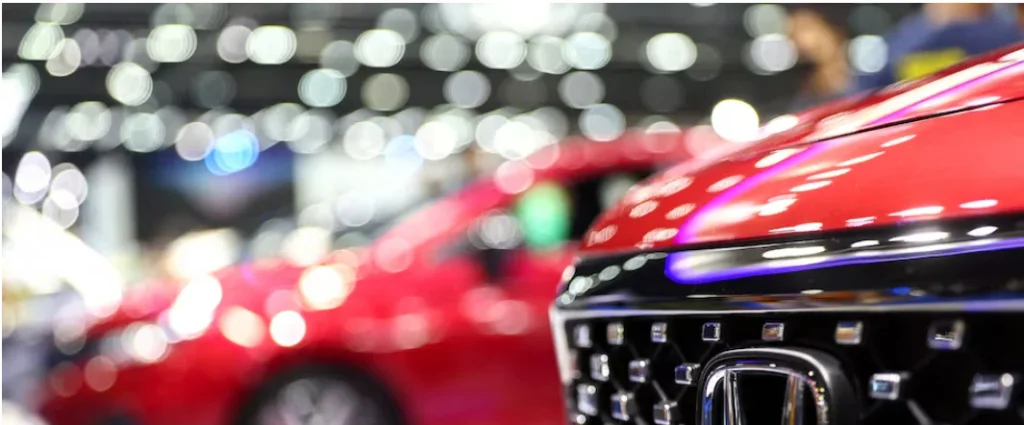Autonomous driving startup Helm.ai, backed by Honda Motor, has officially launched its new camera-based perception system called Helm.ai Vision. This innovative system is designed to enhance self-driving capabilities in urban environments, and the company is already in discussions with multiple automakers to integrate the technology into mass-market vehicles.
Helm.ai’s approach relies heavily on vision-first AI models, aligning it with Tesla’s camera-only philosophy rather than using expensive lidar or radar sensors, which are common in robotaxi systems from companies like Waymo.
Helm.ai Vision: A Camera-Based Autonomous Driving System
The newly unveiled Helm.ai Vision system fuses images from multiple vehicle-mounted cameras to generate a real-time bird’s-eye view map. This map helps significantly improve vehicle perception, planning, and control, even in complex urban environments.
Key highlights include:
- Multi-camera vision fusion for 360° mapping
- Integration with vehicle planning and control systems
- Optimized for Nvidia and Qualcomm hardware platforms
- Designed for mass-market electric and autonomous vehicles
Helm.ai says its solution can be seamlessly integrated with an automaker’s existing software stack, making it an attractive and cost-effective option.
Partnership with Honda and the 2026 Zero Series
Helm.ai is already collaborating with Honda to integrate its self-driving technology into the 2026 Honda Zero series of electric vehicles. These EVs are expected to offer hands-free, eyes-off-the-road driving capabilities, bringing Level 3 autonomous features to consumers.
“We’re definitely in talks with many OEMs and are on track for deploying our technology in production,” said Vladislav Voroninski, CEO and founder of Helm.ai.
The company’s business model is focused on licensing its software, including foundation models, to automakers looking to scale self-driving technologies affordably.
Helm.ai’s Vision-First Approach vs Industry Trends
While some industry leaders, including Waymo and May Mobility, favour multi-sensor setups combining lidar, radar, and cameras, Helm.ai continues to champion a camera-first solution.
Helm.ai believes vision-based AI models are more scalable and economically viable for large-scale vehicle deployment. Nonetheless, CEO Voroninski clarified that Helm.ai does offer sensor-agnostic foundation models compatible with lidar and radar for OEMs that require redundancy.
Funding and Strategic Investors
Helm.ai has raised $102 million to date from notable investors such as
- Goodyear Ventures
- Sungwoo HiTech (Korean auto parts manufacturer)
- Amplo (VC firm)
This funding has allowed Helm.ai to accelerate the development and commercialisation of AI-driven perception systems that can work across a variety of hardware and vehicle platforms.
Helm.ai Poised to Disrupt Autonomous Driving Market
With its Honda partnership, a cost-effective camera-first approach, and strong industry backing, Helm.ai is well-positioned to become a key player in the race to deploy scalable autonomous driving systems. The new Helm.ai Vision system aims to bring affordable and advanced self-driving technology to everyday vehicles, bridging the gap between luxury autonomy and real-world usability.












